Engaged in the clothing industry for 20 years.

Item of the week: the peacoat
What it is:
Like many staple fashion garments, the peacoat’s origins lie in the
military, specifically the Dutch navy, which introduced the silhouette in
the 1800s and took the name from ‘pije’, the Dutch word for wool. The look
only infiltrated the fashion industry following World War II, alongside
other popular military-wear that had taken on more modern forms and were
favoured for their functional appeal. Today, the coat itself is defined by
its double-breasted front, complete with a large collar and often vertical
pockets, as well as a string of buttons, which occasionally reference the
coat’s beginnings through decorated metal designs.
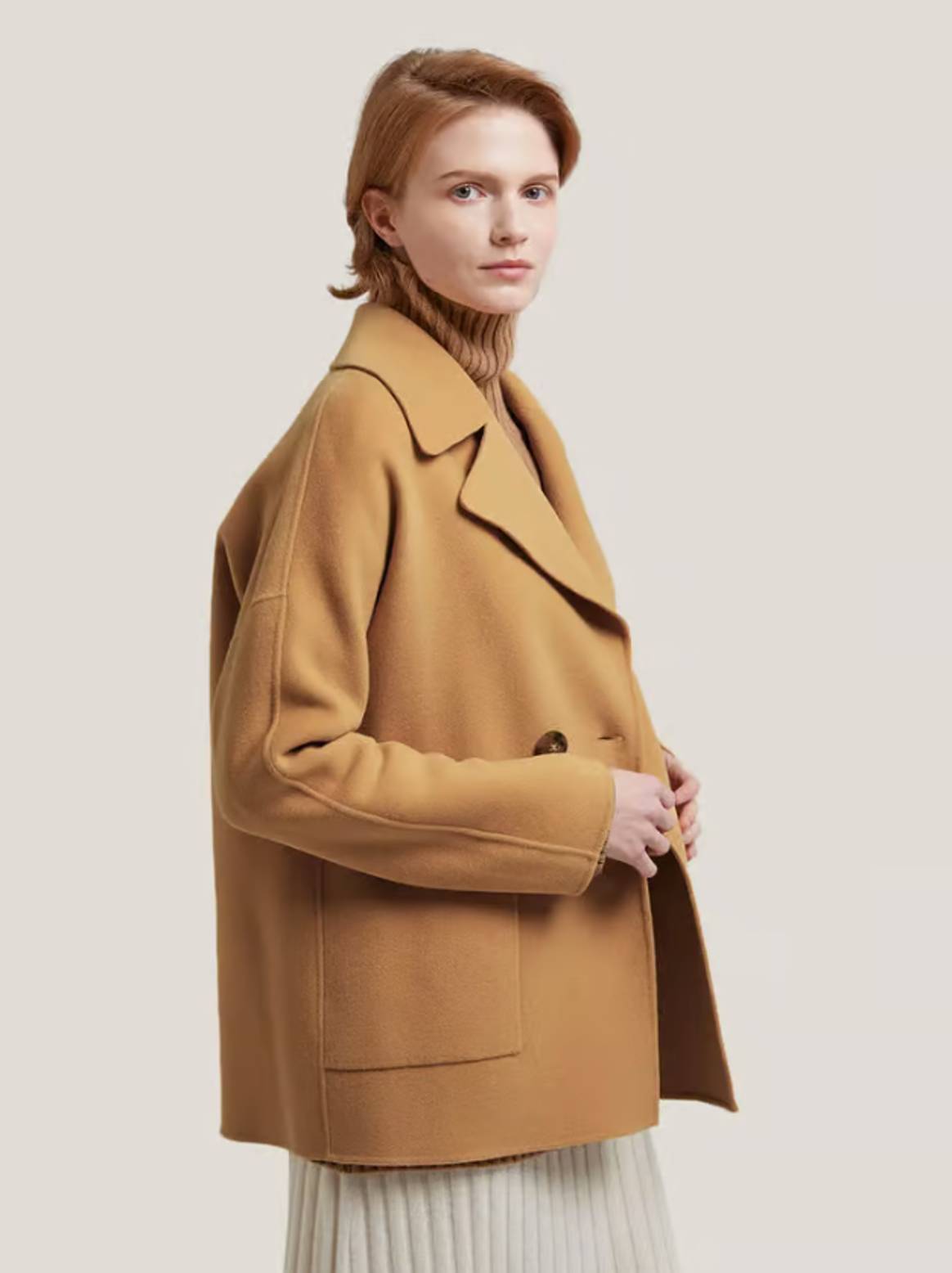
Why you’ll want it:
Now far removed from its military days, the peacoat has become a staple of
the fashion wardrobe, with the silhouette being modified to suit the modern
consumer. New iterations of the coat have seen it stray from its standard
navy and khaki colourways into hues that resonate more with today’s
shoppers, while still saying true to the traditional flare that makes the
piece so loved. And while designers and brands may experiment with such
details, the peacoat has continued to stick close to its functional value,
one of the main markers of why it is still so heavily prominent in
collections today.
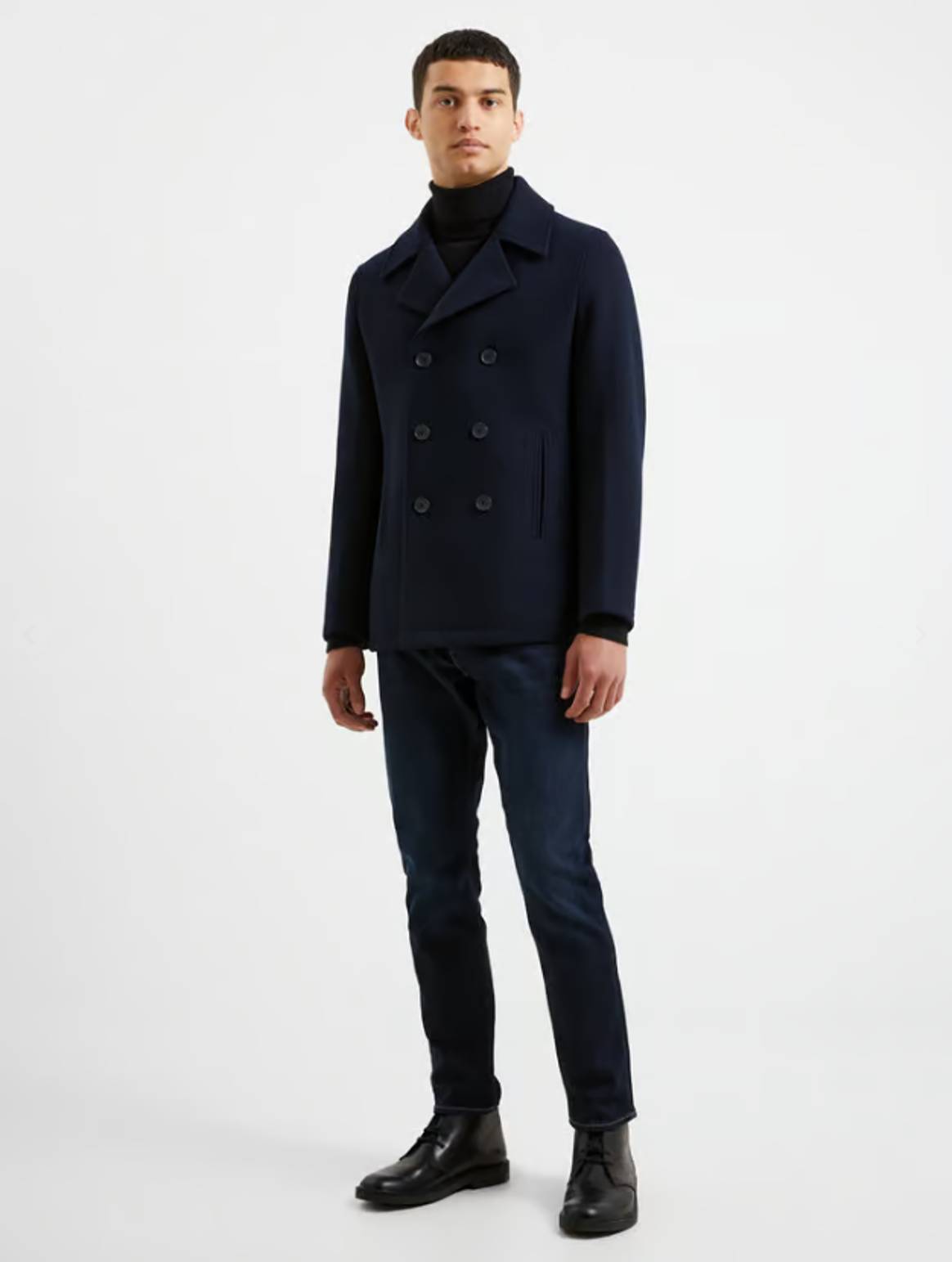
Where we’ve seen it:
The peacoat was a highly popular outerwear option for SS24, seen on an
array of runways for various designers. Its traditional shape and details
remained intact in the collections of Gucci, Bottega Veneta and Michael
Kors, where large collars and functional fastenings referenced the coat’s
origins. Other designers played with silhouette – namely that of Christian
Dior and Louis Vuitton, both of which applied tailored elements to create
more hourglass figures for the coat. At Marni, however, the design was
upgraded through the use of a denim material seen on both men and women,
emphasising the neutrality of the peacoat piece.
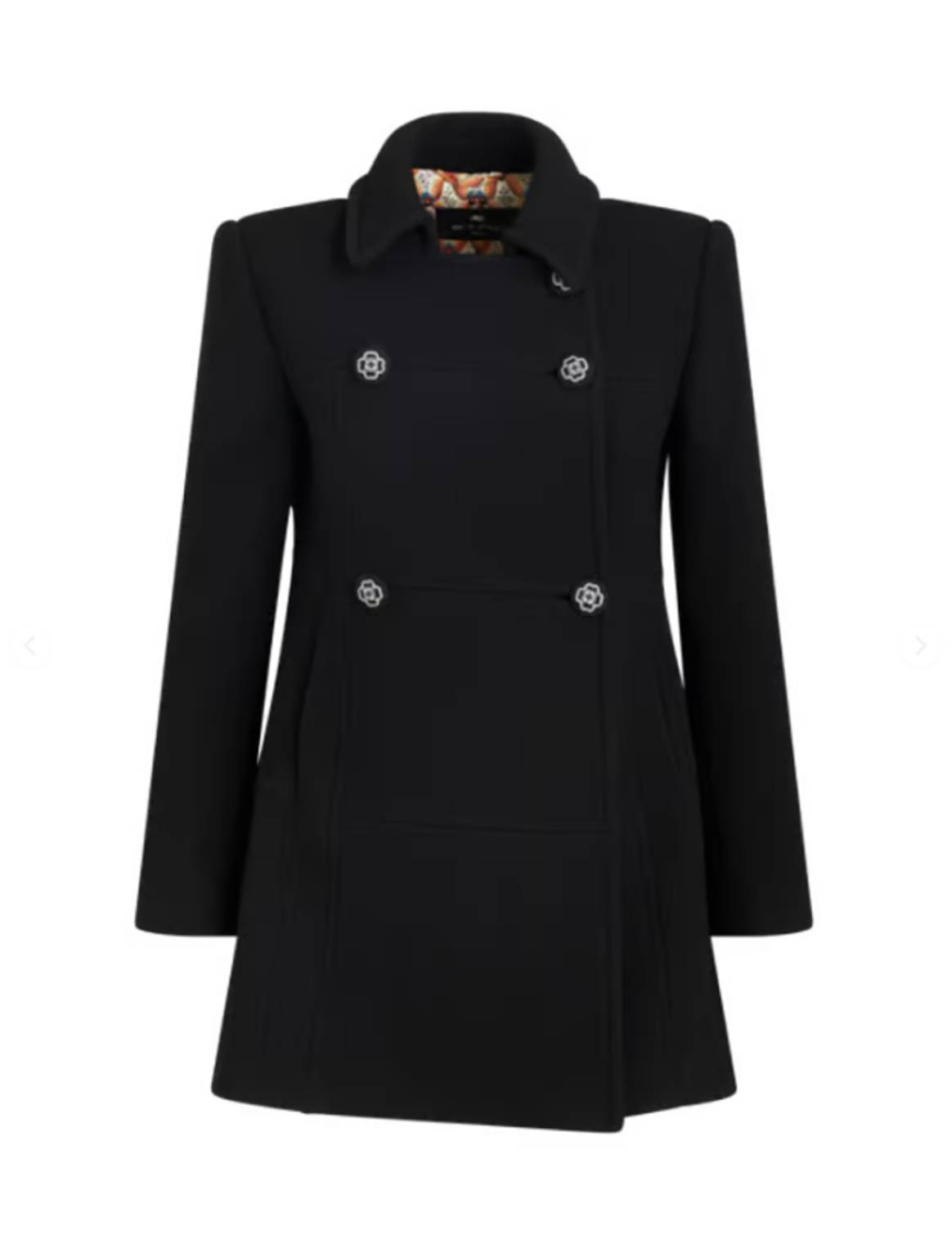
How to style it:
Due to its design, the peacoat can move from autumn into spring and can be
styled according to the season that the wearer is in. For the colder
months, for example, the coat can be accessorised with hats, gloves and
scarves, the latter of which should ideally sit over the piece in order to
avoid creating a bulky neckline. For casual wear, the look works well with
jeans or chinos, and can be layered over t-shirts or sweaters and hoodies
for added warmth. For more formal occasions, the peacoat is perfect to wear
over a suit, sticking close to the elevated dress code and allowing for a
shirt and tie to be on view at all times.
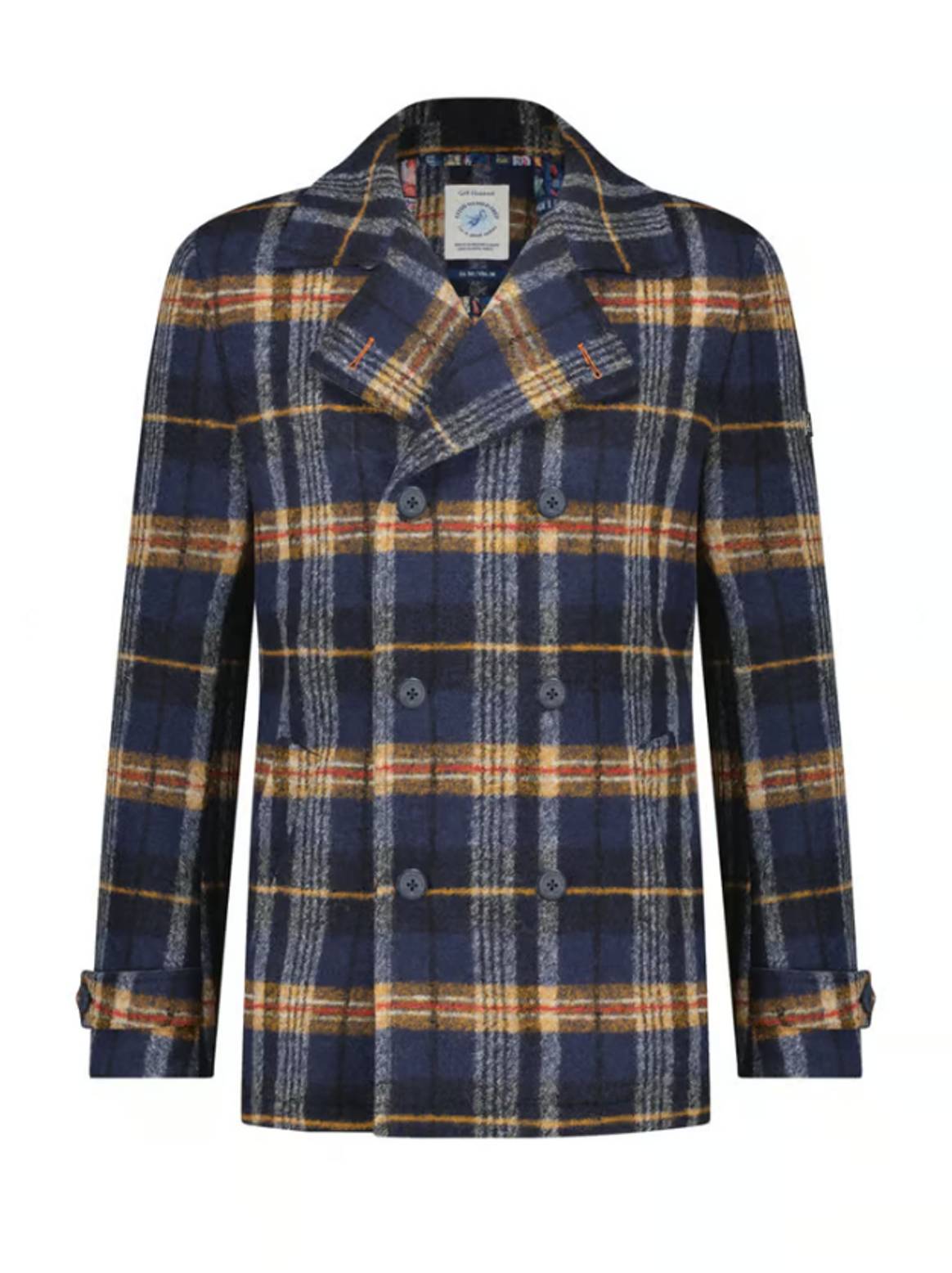
Through all of its history and continued development, the peacoat has
remained relevant among the fashion crowd for almost a century and has
become a staple among high-end designers that favour it for its
adaptability. For consumers, however, this functional item allows them to
move into almost every season, catering to different needs and occasions to
become a great investment piece to add to their own collection.
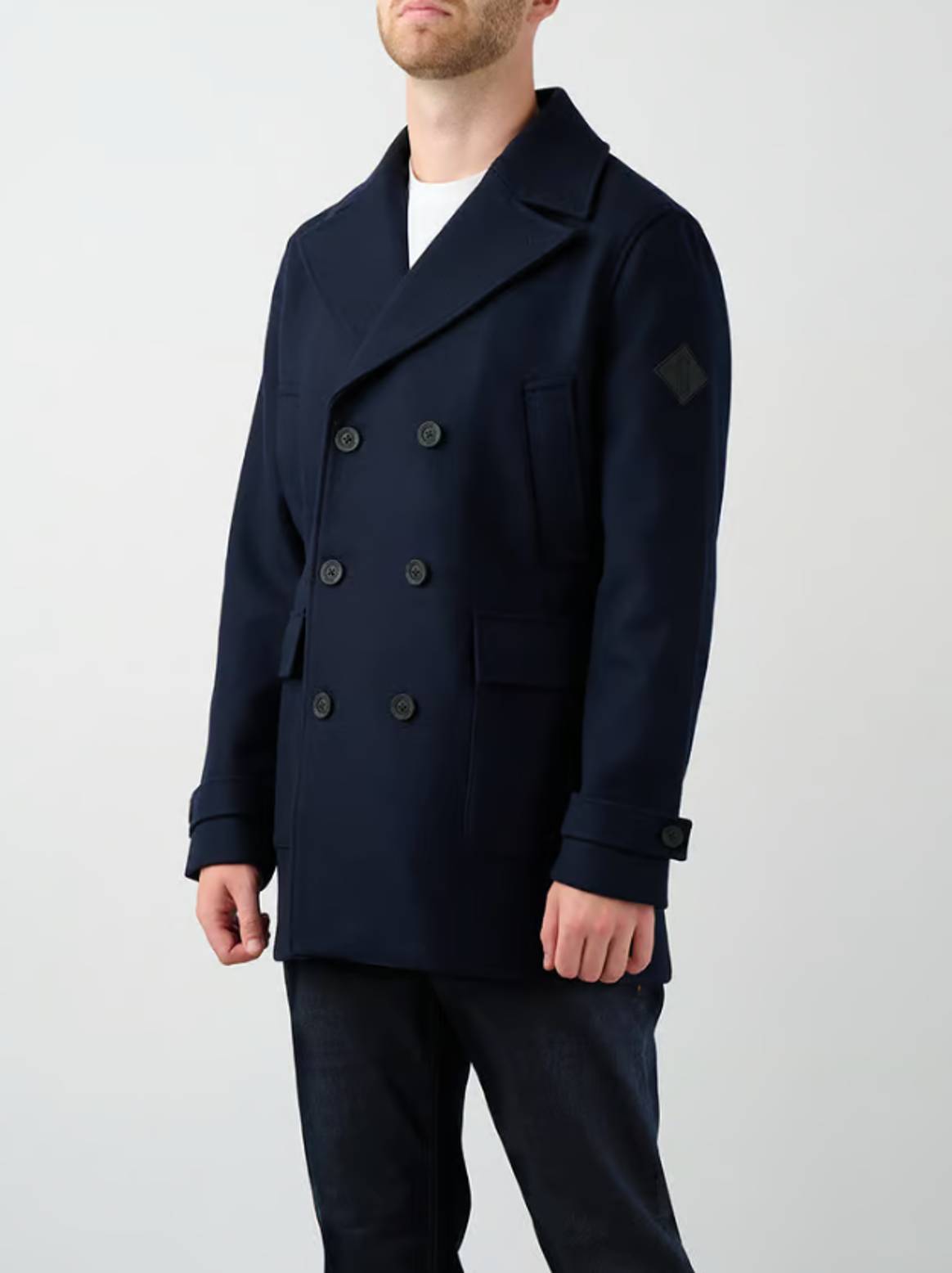
Similar items available for (pre)order can be found in the FashionUnited
Marketplace. You can find
them by clicking on this link.